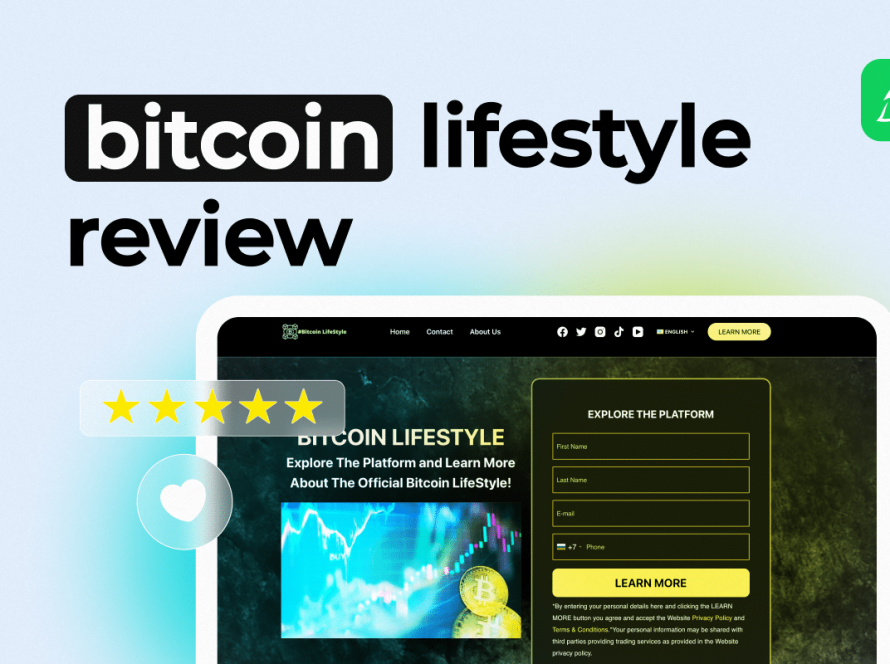[ad_1]
FRANKFURT, Germany (AP) — The European Central Bank left its key interest rate at a record high as it waits for more confirmation that toxic inflation is under control for good — even as high borrowing costs drag on the stalled economy.
The decision Thursday comes as central banks around the world, including the U.S. Federal Reserve, are trying to judge whether inflation has been tamed to the point that they can start cutting rates — making it cheaper for consumers and businesses to borrow, spend and invest — and avoid an economic slowdown that throws people out of their jobs.
“We are making good progress toward our inflation target,” ECB President Christine Lagarde said at a news conference.
But she underlined that “we’re not there yet,” adding, “We have a mandate, we have a mission. We are determined to reach our 2% inflation target in the medium term, and we will be riveted to that.”
Market predictions for an ECB rate cut as soon as April have faded, and expectations among analysts have shifted toward a first trim in June.
Lagarde seemed to drop a hint in that direction when she said that the bank would decide its next move based on incoming economic data and that “we will have a little in April and a lot more for our June meeting.”
With recent economic data, “the pressure on the ECB to cut rates earlier has gone up,” Carsten Brzeski, chief of global macro at ING bank, wrote in an analyst note. “We still think that the ECB has good reasons to resist that pressure and to push back expectations.”
The bank cautioned in a statement that “domestic price pressures remain high” as wages rise to catch up with inflation.
The ECB raised its key rate from below zero to 4% between July 2022 and September 2023 to squelch double-digit inflation driven by supply chain issues during the rebound from the coronavirus pandemic and by an energy crisis after Russia invaded Ukraine.
Higher interest rates dampen inflation by making it more expensive to borrow and buy things on credit, reducing demand for goods. But high rates can weigh on economic growth, too.
For instance, the rate rises have stalled construction activity in Germany, Europe’s largest economy, and put an end to a nearly decadelong rise in house prices in the 20 countries that use the euro currency as tighter credit deters borrowers and sellers.
The stalled economy has focused attention on when the ECB might start withdrawing some of its bitter anti-inflation medicine to avoid tipping Europe into an outright recession.
The eurozone saw no growth in the fourth quarter of last year after shrinking 0.1% in the previous quarter. Germany expects to grow just 0.2% this year.
Asked how much economic growth she would sacrifice to achieve the bank’s inflation goal with continued high rates, Lagarde responded that “it’s not a question of sacrificing growth” and that the ECB expected an upturn in the second half of this year.
One reason the ECB can afford to wait on a rate cut: a strong jobs market that is keeping people in work and with paychecks to spend. Unemployment of 6.4% is the lowest since the euro currency was launched in 1999.
In that sense, economists say Europe’s economic sluggishness doesn’t resemble a classic downturn and is due more to the external shock of losing cheap energy from Russia and a more general slowdown in world trade.
A similar situation is shaping up in the U.S., where Federal Reserve Chair Jerome Powell told Congress this week that the central bank needs more confidence inflation is under control before cutting rates. Fed officials have signaled three rate cuts this year, but Powell has given no indication when they might start.
In Europe, inflation was down to 2.6% in February, well below its peak of 10.6% in October 2022. But the consumer price index has been stuck between 2% and 3% for five months, raising concern that the last mile toward the ECB’s goal may be slower than hoped.
While the spikes in food and energy prices that helped drive the outbreak of inflation have eased, inflation has spread to services, a broad sector of the economy that includes everything from movie tickets and office cleaning to tuition and medical care.
Meanwhile, wages rose as workers started bargaining for higher pay to make up for lost purchasing power as inflation ballooned.
[ad_2]
Source link




